Save time and resources with robust scheduling software that helps reduce appointment mayhem. Seamlessly integrated with Zoom Meetings, Mail, and Calendar — plus Google and Microsoft 365 — to streamline your workflow.
Book the right time without
the back-and-forth
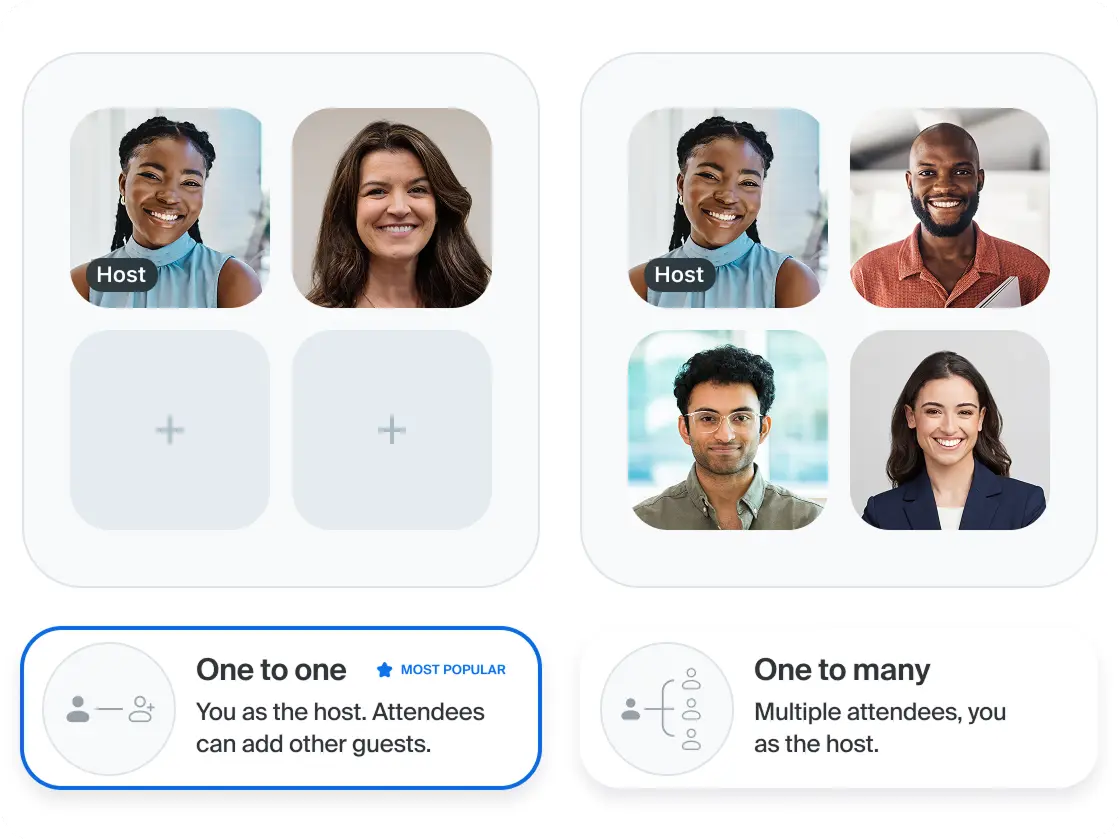
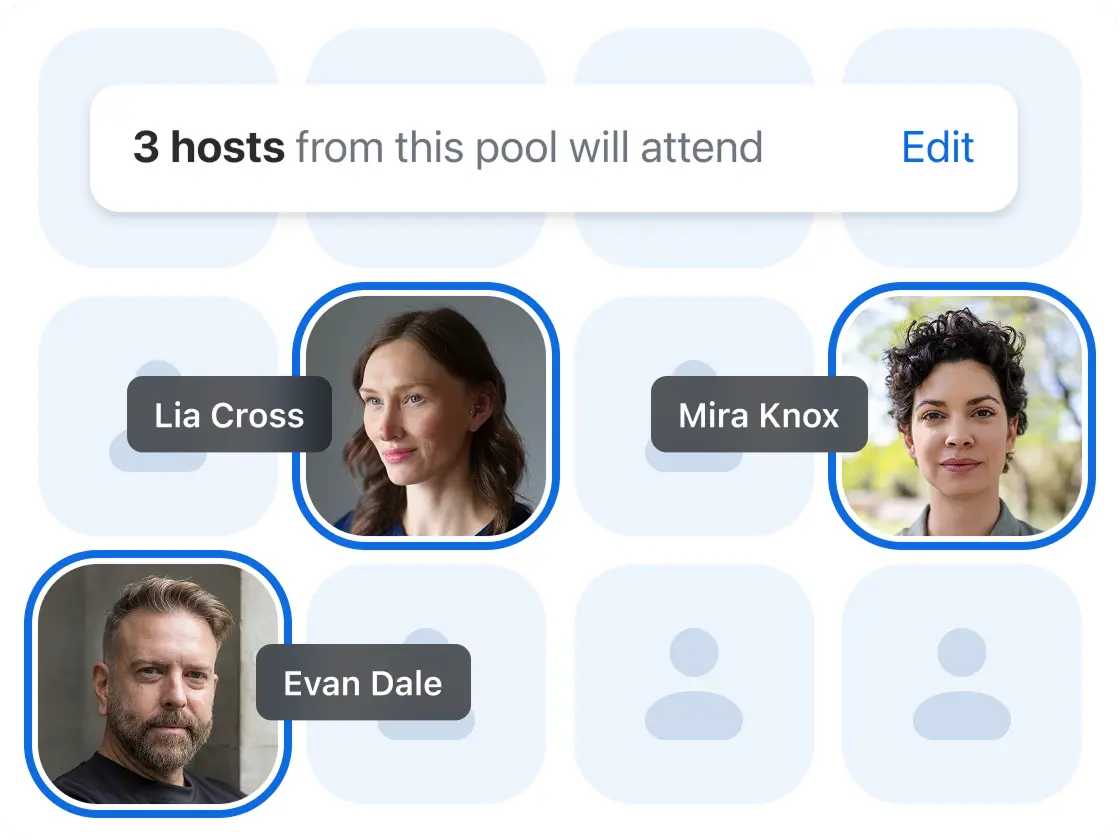
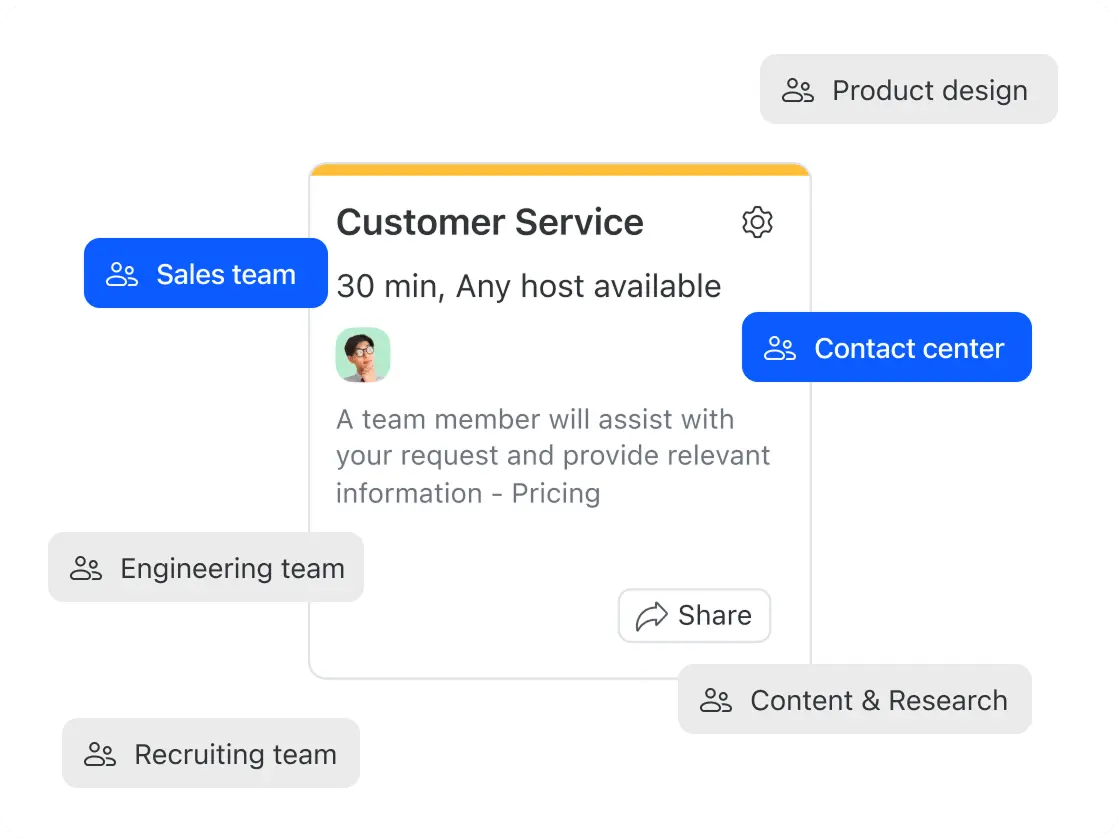
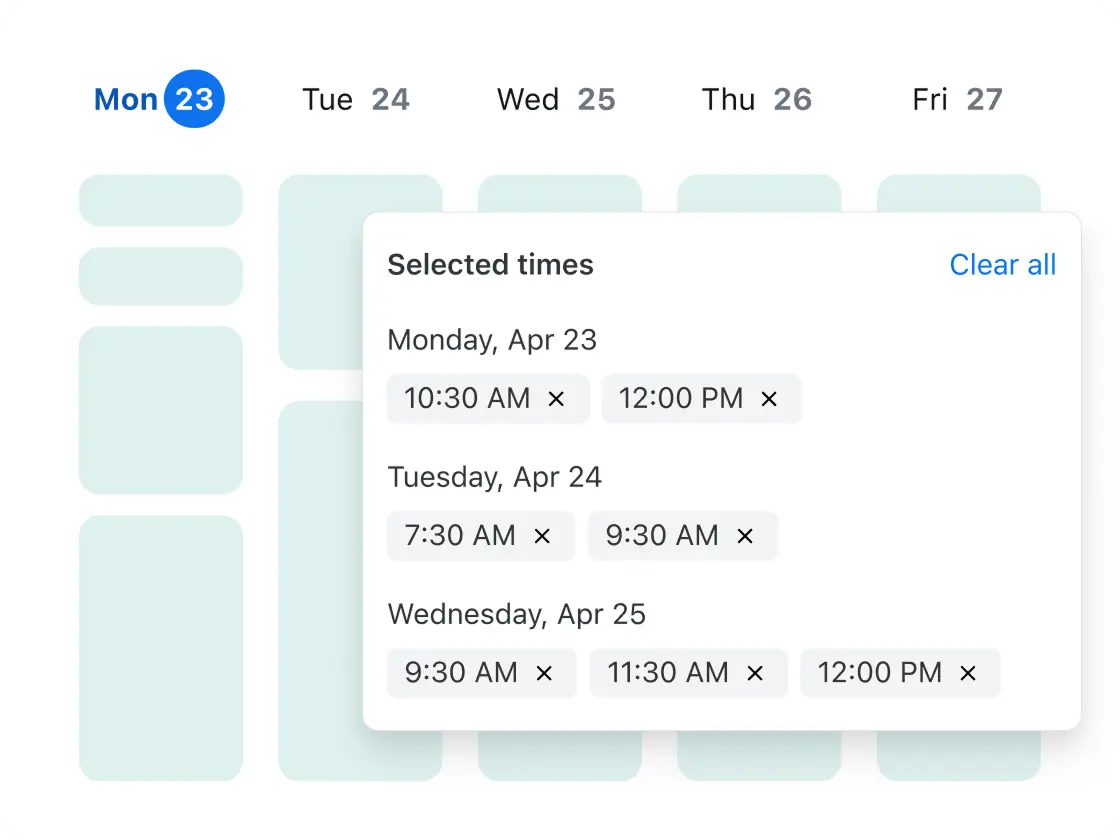
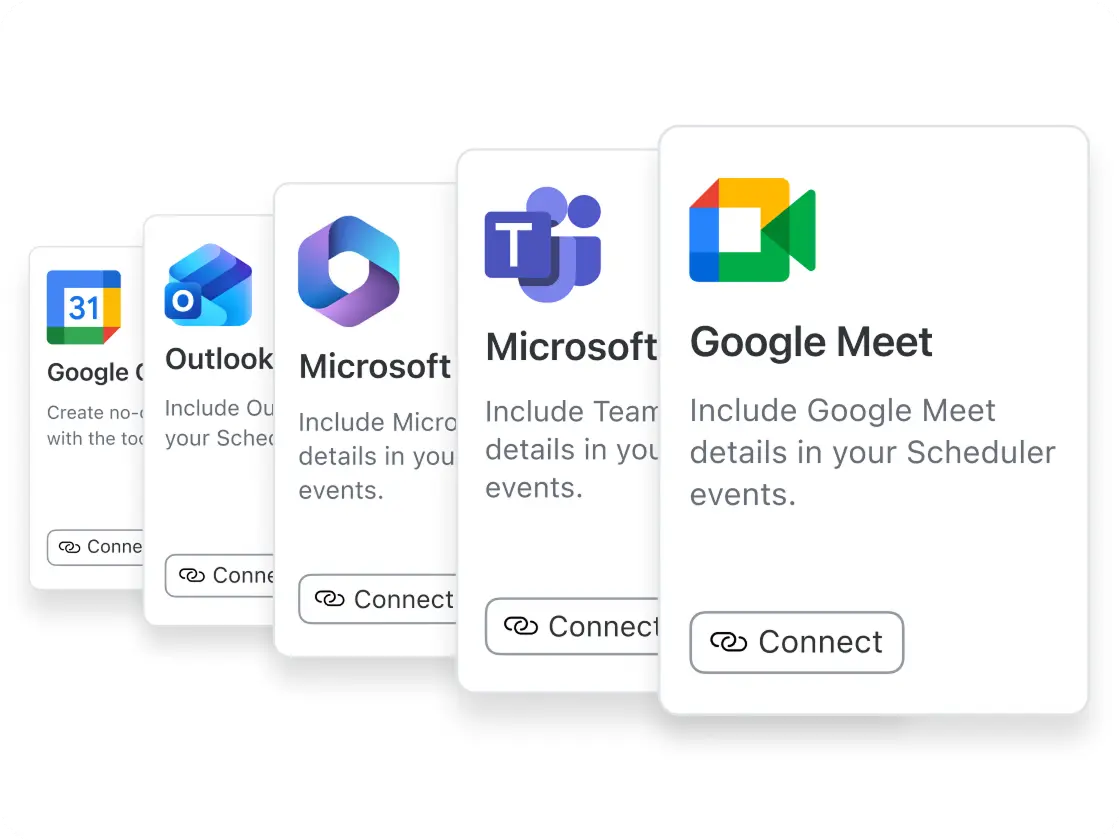
Got questions? We’ve got answers.
Scheduling software is a digital tool that automates the process of booking appointments, meetings, and events by managing calendar availability and eliminating the back-and-forth hassle of manual coordination. Zoom's scheduling tool allows users to share their availability with a booking page link, lets people book time slots directly, and automatically sends calendar invites and reminders, saving time and reducing scheduling conflicts.
Yes, you can use Zoom Scheduler to book group meetings by adjusting your scheduling tool settings to allow multiple people to book in single slots. This feature is perfect for hosting group sessions, classes, and team meetings where multiple attendees need to join at the same time.
A scheduling poll lets attendees vote on preferred meeting times. Also known as an availability poll, it's essentially meeting time voting for groups. You offer multiple dates and times and attendees select what works for them. After collecting votes, the scheduling tool creates a meeting. This feature works well for coordinating across organizations, external contacts, and time zones.
You can book a variety of common meeting types with Zoom’s flexible scheduling software, including one-to-one meetings, one-to-many meetings, collective scheduling for many-to-one meetings, round-robin scheduling for teams, one-off scheduling, and recurring meetings. Following is a description of each meeting type.
One-to-one meetings: One-on-one meetings let people reserve private time slots on your calendar. You can adjust the settings to let guests add more attendees. These sessions work well for consultations, therapy sessions, or interviews.
One-to-many meetings: One-to-many meetings allow multiple attendees to book the same time slot for a group meeting. Your calendar will display everyone who signs up. This is perfect for classes, demos, or volunteer events.
Many-to-one meetings: A many-to-one meeting shows time slots when multiple hosts can meet one attendee. It’s also known as collective scheduling or "all hosts available” meeting. These meetings are ideal for panel interviews or board meetings that require group decisions.
Team scheduling: Team scheduling lets people book meetings with any available team member. Also called round-robin events, rotating host, or any host available, this type of scheduling is great for sales calls or similar meetings where the system can automatically assign available staff.
One-off scheduling: A one-off meeting is used to meet outside regular booking hours. These are great scheduling last-minute meetings, like an unexpected client call or meeting up with someone after hours.
Recurring meetings: With Zoom's scheduling tool, all booking types can be set up as recurring or repeating meetings. This means you can set it up once and the automated scheduling system will schedule all future meetings for you. (The exception is one-off meetings, which are meant for impromptu scheduling.)




